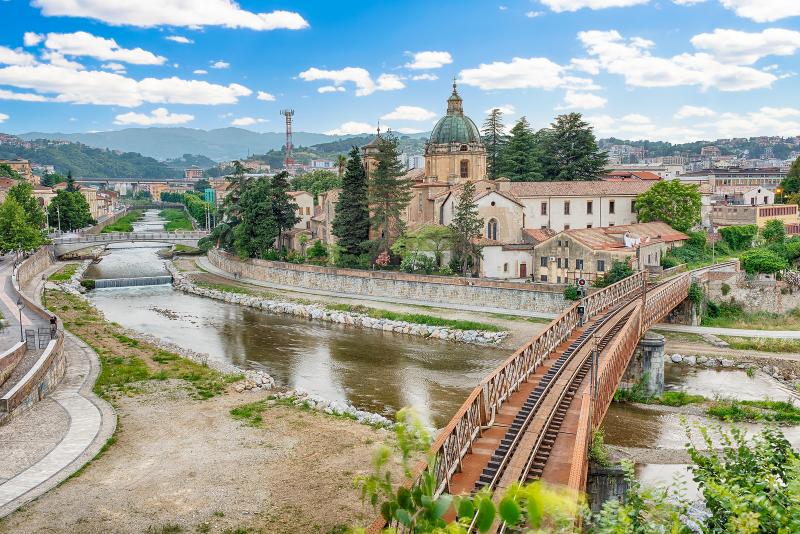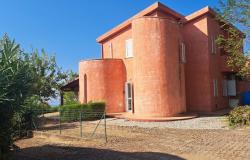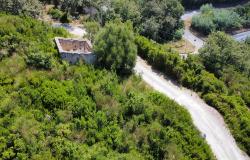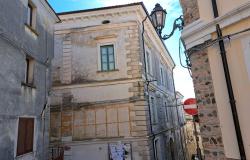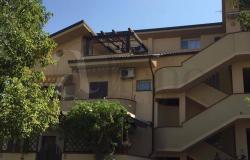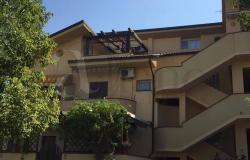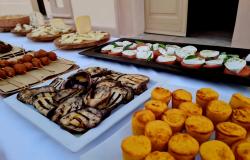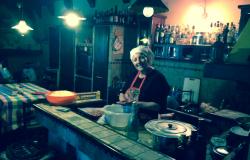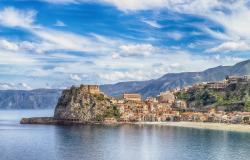Calabria’s officially declared ‘City of Art’ is a cultural, historical and artistic hub characterized by mountains, valleys, hills and hundreds of miles of spectacular coast.
Cosenza’s magnificent landscape is incredibly diverse and runs from the Tyrrhenian shores in the west to the Ionian coast in the east, from the Pollino mountain range in the north to the Sila plateau. It is one of the most populated provinces in Italy with 155 municipalities occupying 44% of Calabria, in essence the whole northern and central part of the region.
Steeped in history dating back to prehistoric times, Cosenza’s roots can be traced to the Magna Grecia, Romans, Normans, Angevins, Aragonese and Spaniards. This rich history is reflected in local traditions, architecture, culture, and celebrations like Montalto Uffugo's Saracen Festival that unites the past and present. The province is also home to many Arbëreshë communities.
Rising above the confluence of the Busento and Crati rivers, on the seven hills, is the capital city of Cosenza that bears its name. It is one of the most ancient cities of Calabria. According to legend, the Goth king Alaric was buried with all his magnificent treasures in the bed of the Busento River. Here too, in the Duomo (Calabria’s first UNESCO World Heritage Site), is the mausoleum of Isabella of Aragon who died after falling from her horse on the way home from the Eighth Crusade.

The city’s picturesque old town, known to locals as “Cosenza vecchia,” cascades down to the river Crathis and sits in the shadow of the 13th-century Norman castle. Its historical center is one of the best preserved in Italy with a labyrinth of streets that wind around beautifully renovated palaces, medieval piazzas and old craft shops. A great place to enjoy views of the city and surrounding mountains is the ancient castle in Piazza Frederico II.
The modern part of the city lies to the north, beyond the Busento, and is where you will find the famed Corso Mazzini. This charming pedestrian street is lined with beautiful boutiques, cafes, restaurants and is also the location of the Bilotti Open-Air Museum. Here, you can enjoy a stroll to purchase all your favourite Italian designer goods while gazing at impressive modern art sculptures.

Cosenza is known as the "Athens of Italy" because of its rich historical and artistic heritage. The Cosentina Academy, for example, is one of the oldest in Europe and promotes culture, artists and scientists. There are also numerous libraries and theatres like the traditional Teatro A. Rendano that host year-long theatrical events. The University of Calabria is also here.
![]()
The entire Province is a cultural hub and offers an incredible palette for art lovers to explore. In Cosenza, the Brettii Museum and the Museum of the Rimembranze are a must see. It’s also worth visiting the Diocesan Museum of Sacred Art in Rossano and Praia a Mare’s museum of contemporary art.
A drive along the Tyrrhenian coast will take you to Diamante, nicknamed the City of Murals; it is one of the country’s most artistically inspiring cities with more than 200 colourful murals that grace the walls of this pretty seaside town. The tradition began in the 1900’s by artists who could not afford canvas and began painting on the town walls. In 2008, project Muralespanso was launched that attracts international artists to paint new works of art.

The variety of landscapes in Cosenza provides the perfect backdrop for numerous outdoor sports and activities. Its close proximity means you could start your day rafting and canoeing in the massif of Pollino, to wind surfing, water skiing or swimming on the coast, to hiking and camping in the Sila National Park, all within an hours’ drive. It’s also worth noting that the Sila is one of the last great stretches of European forest still intact and a favourite ski destination in winter months.
All along the Tyrrhenian and Ionian coast, enchanting seaside villages like Scalea, Diamante, Cetraro, Amantea and Cariati grace its coastline. There are also numerous waterparks and beach resorts equipped with loungers and umbrellas. For the devout, a visit to the coastal town of Paola to visit the Sanctuary of San Francesco di Paola is a must. The sanctuary is situated above the town and is a place of pilgrimage from throughout Southern Italy, especially Calabria, of which St. Francis is the patron saint.
In the sweet department there’s the cuddrurieddri (salted doughnuts), the turididdri (pastries covered with figs and honey), the scaliddre (sugar-glazed pastries), and the mostaccioli (focaccia bread made with honey or figs, mulled wine, flour and almonds). We recommend accompanying your dessert with a nice anise liqueur from the region.
Laden with historical villages, gorgeous beach towns, outdoor activities, culinary delights, and a rich artistic hub, Cosenza has to be one of the most beautiful regions in all of Italy.
